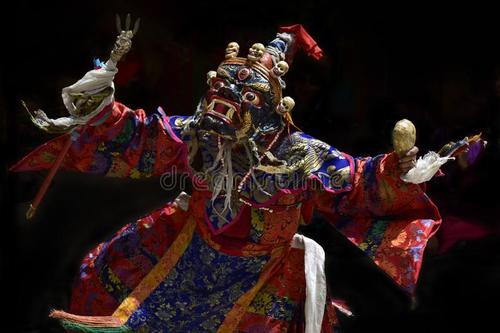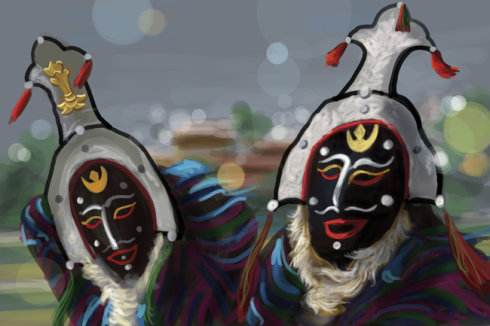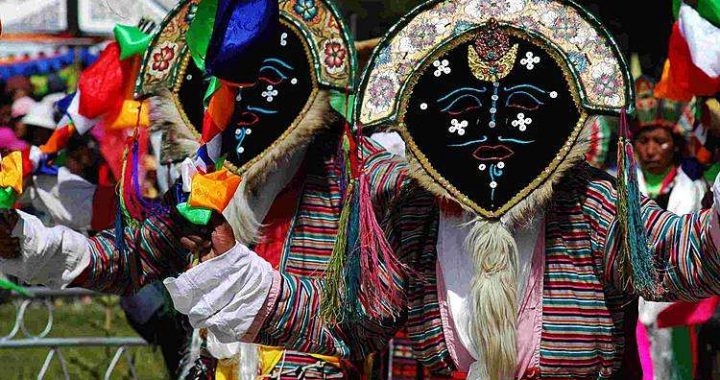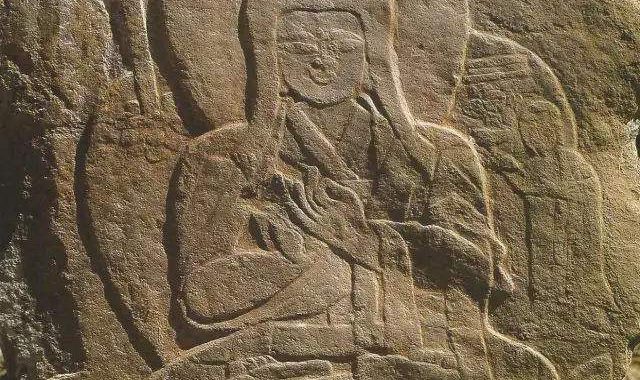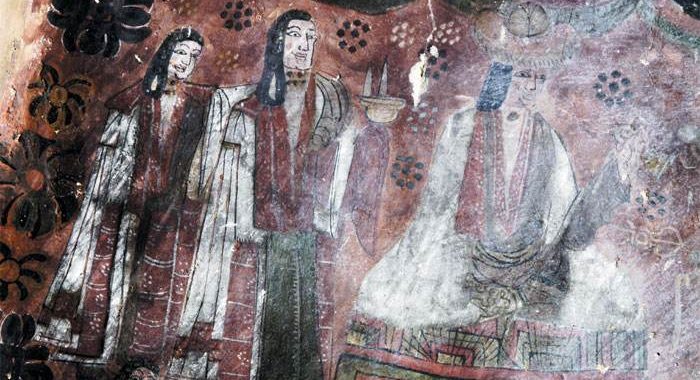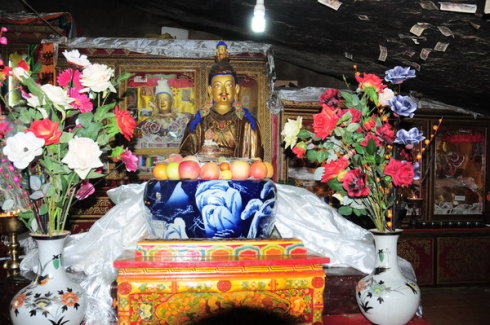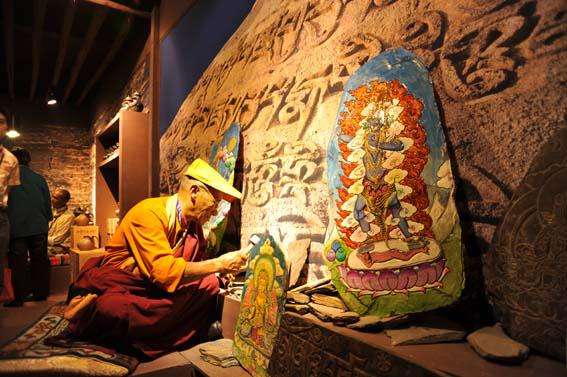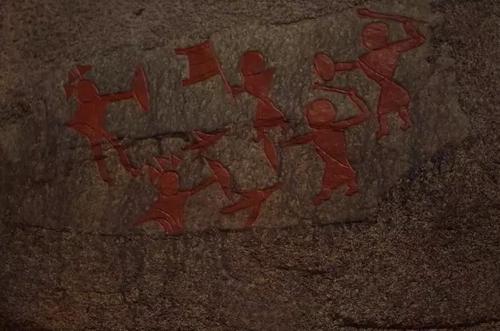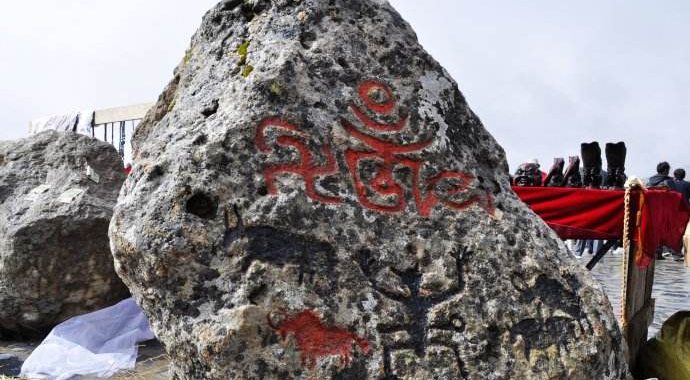Charming Tibetan opera masks
1 min readThe production of Tibetan masks was also influenced by the Han.
From the 17th to 18th century, marked by the expansion and formation of the final shape of the Potala Palace, Tibetan Buddhism’s plastic art and Tibetan painting, carving, sculpting, decoration and architecture had all established their own systems. In the grand murals at the Potala Palace, there is a performance scene with a Han monk dancing with a mask on the head and a folding fan in hand. Besides the traditional Tibetan drum and cymbals,a gong usually seen in the inland areas can be found among the musical instruments, which is very rare in Tibet. Obviously, it is a form of art performance brought in by the monks from the Han inhabited areas.
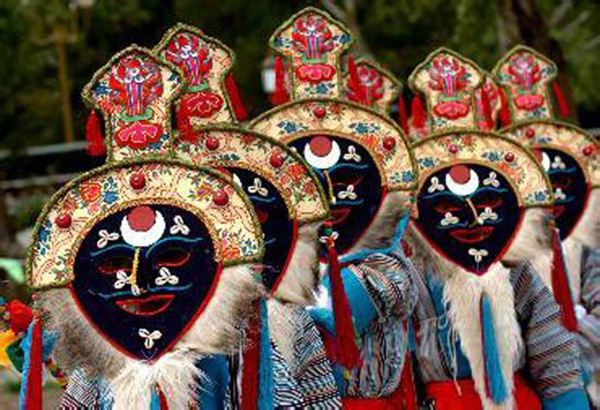
In the 14th century, the mask art showed great development.
The formation of the above mentioned arts and the unique Tibetan art systems and styles as well as their transformation under the influence of other arts had a direct influence on a variety of Tibetan operas and the constant creation and development of masks, including Qamdo Tibetanopera, Derge Tibetan opera and Monpa opera. Especially from the 17th century to the beginning of the 20th century, blue-mask Tibetan opera reached the peak of perfection in the history of the Tibetan mask art.
